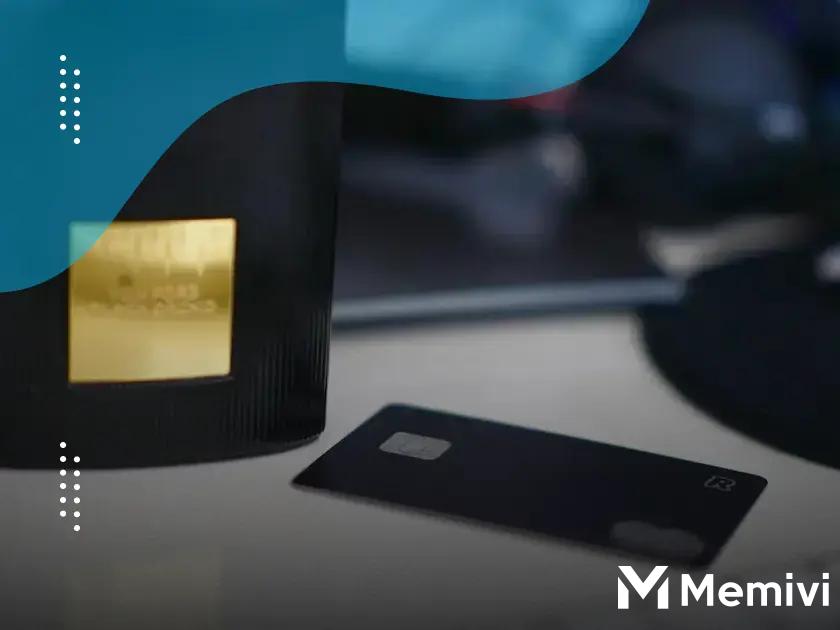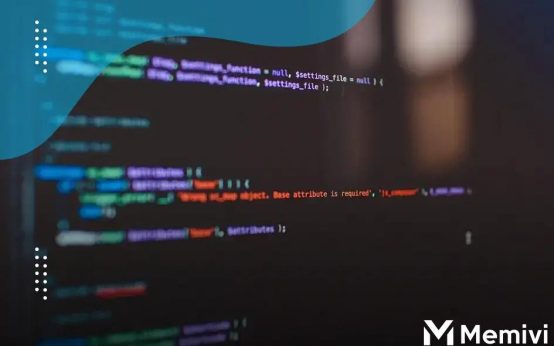Staying vigilant helps you detect unauthorized transactions that could jeopardize your finances. Understanding the signs and knowing the immediate steps to take can prevent financial losses and identity theft. In this post, we’ll guide you on identifying suspicious activity and securing your accounts, helping you regain control swiftly.
By learning how to recognize fraud indicators, take proactive measures, and whom to contact, you will empower yourself against unauthorized financial activities. Dive into this comprehensive guide and safeguard your financial well-being.
Identifying the Signs of Unauthorized Transactions
To effectively identify unauthorized transactions, it’s essential to remain vigilant. Keep a close eye on your financial statements regularly. Look for any discrepancies, such as transactions you don’t recognize or changes in your balance that you can’t explain. Be aware of small unauthorized charges, as they can sometimes precede larger fraudulent activities.
Check your account statements monthly or even weekly, if possible. Fraudulent transactions often appear in small amounts to avoid detection. Make use of online banking alerts that notify you of unusual activity instantly. Consider setting up notifications for transactions over a certain amount to ensure you catch issues swiftly.
Another key sign is unfamiliar businesses or vendors appearing on your statement. Ensure that all charges have supporting documentation or receipts. If you encounter these signs, take action immediately to mitigate further unauthorized access or damage.
Steps to Take When You Find an Unauthorized Transaction

If you discover an unauthorized transaction, it’s crucial to act swiftly to protect your finances. Here’s what you should do:
1. Contact Your Bank Immediately
As soon as you notice the unauthorized transaction, call your bank or financial institution. They can freeze your account to prevent further unauthorized use. Provide them with all necessary details, including the transaction date, amount, and merchant involved.
2. Review Your Transaction History
Go through your recent transactions thoroughly. Look for any other suspicious activities that might have gone unnoticed. This helps in assessing the extent of the breach.
3. Change Your Credentials
Change your online banking passwords and any other relevant credentials immediately. Choose strong, unique passwords that are hard to guess but easy for you to remember. Consider enabling two-factor authentication for added security.
4. Monitor Your Account Closely
Keep an eye on your account statements and transaction logs over the upcoming weeks. Report any additional suspicious activities to your bank.
5. Consider Placing a Fraud Alert
If there’s a risk your personal information has been compromised, you can contact a credit bureau to place a fraud alert on your credit report. This makes it harder for someone to open new accounts in your name.
6. File a Complaint with Relevant Authorities
Depending on your location, file a complaint with local authorities or federal agencies that handle financial fraud. This may help in identifying patterns or culprits involved in fraudulent activities.
Preventative Measures to Avoid Future Unauthorized Transactions
Implementing preventative measures is crucial to safeguard against future unauthorized transactions. Start by ensuring your accounts employ strong passwords. Change them regularly and avoid using easily guessable details, like birthdays or names. Enable two-factor authentication whenever possible, as it adds an extra layer of security.
Regularly monitor your bank and credit card statements for any irregularities. Many banks offer real-time alerts for transactions; opt in to get notified of any charges, allowing you promptly address suspicious activity. This feature can significantly cut down the reaction time if any unauthorized transactions occur.
Be cautious about sharing your financial information online. Stick to reputed sites and ensure they’re secure. Use VPNs when accessing sensitive information over public Wi-Fi networks, as they encrypt your data, reducing the risk of potential interceptions.
Consider reviewing and limiting the access that third-party apps have to your online banking accounts. This reduces the risk if one of these apps is compromised. Conduct regular audits of who you have granted access rights to, removing permissions from apps or services you no longer use or trust.
Finally, get in touch with your bank or financial institution to learn about any additional security measures they might offer, such as virtual or disposable card numbers for online shopping, which can prevent your main card information from being exposed or misused.
Contacting Banks and Credit Bureaus for Support

When you discover unauthorized transactions, it’s essential to contact your bank immediately. Banks have specific protocols in place to address such concerns, and they can provide guidance on what steps to take next. Begin by gathering all relevant information regarding the suspicious transactions, including dates, amounts, and any associated account details.
Once you have this information, reach out to your bank’s customer service department. Be prepared to provide verification of your identity, as this will be necessary to protect your account’s security. Request that the bank freeze your account temporarily if required, to prevent further unauthorized access.
The next crucial step is to contact the major credit bureaus. Inform them of the unauthorized transactions and request a fraud alert to be placed on your credit report. This alert will warn future creditors that your identity might be compromised, potentially preventing unauthorized accounts from being opened in your name. Consider requesting a credit freeze, which further restricts access to your credit file and provides an extra layer of protection.
Maintain regular communication with both your bank and the credit bureaus until the issue is thoroughly resolved. Keep detailed records of all communications and actions taken, as these may be necessary if you need to file a police report or if further legal action is required. By acting promptly and following these steps, you can rectify the situation and prevent future incidents.


 Common Pitfalls That Reduce the Value of Rewards Unveiled
Common Pitfalls That Reduce the Value of Rewards Unveiled  Foreign Transaction Fees: Impact on Travelers Explained
Foreign Transaction Fees: Impact on Travelers Explained  Evaluating Annual Fees vs. Benefits: What You Must Know
Evaluating Annual Fees vs. Benefits: What You Must Know